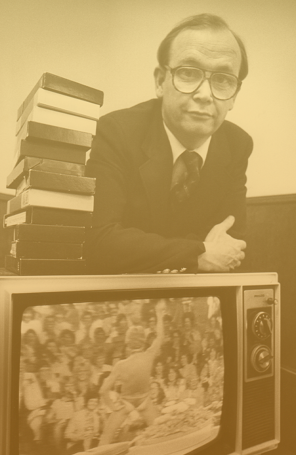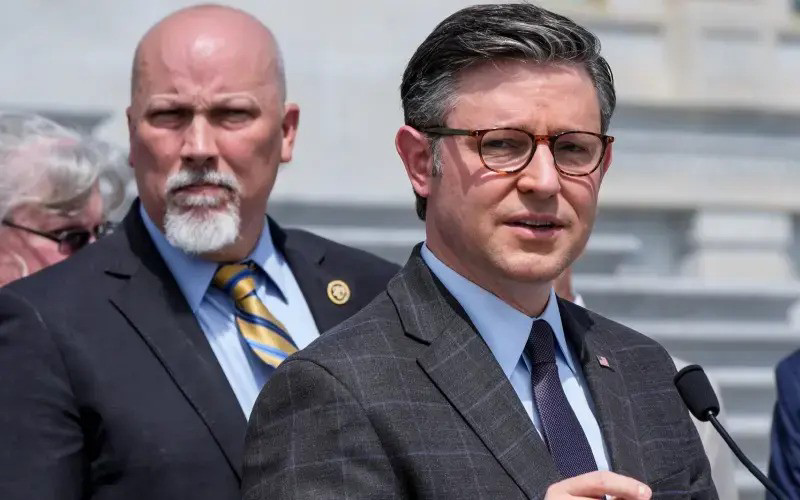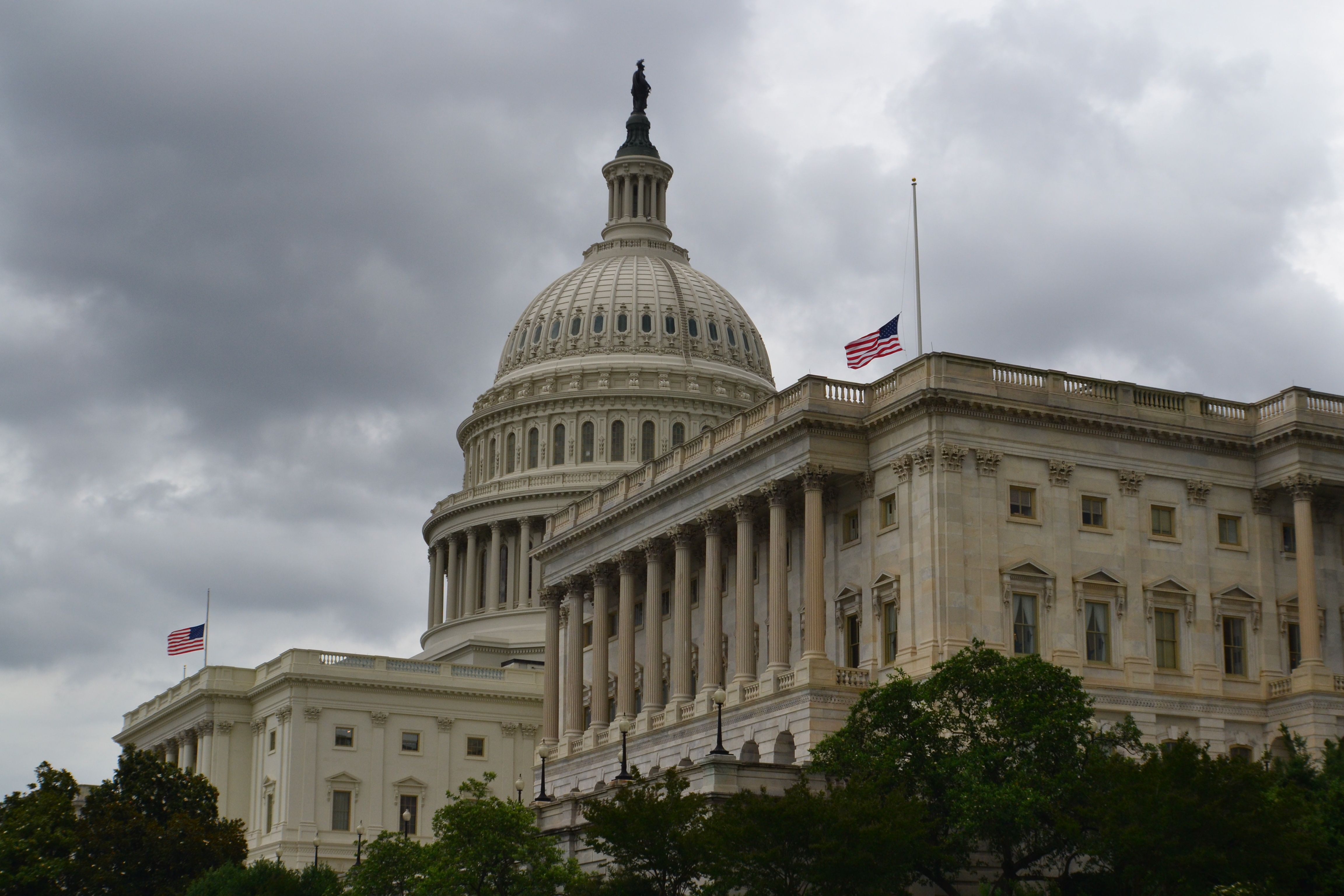Remembering October 25, 1967
Sign up for a six month free
trial of The Stand Magazine!
At ninety years old, Richard Eugene “Gene” Smith, Jr., a highly decorated U.S. Air Force pilot, still vividly recounts and relives the moment his F-105 aircraft was struck with enemy fire over North Vietnam. Although he successfully ejected from his plane, hope turned to horror as he knew with certainty that he would become a prisoner of war the moment his feet touched the ground.
Tragically, that day, October 25, 1967, also marked the birthday of his eldest daughter, a day he would not have the privilege of sharing with her for the next five years. Primarily confined to the notorious Hanoi Hilton, Smith is part of an extraordinary group of Vietnam POWs who survived some of the harshest conditions ever endured by American servicemen. More than five decades later, his story still stands as a testament to patriotism, courage, resilience, the unbreakable will to survive, and the goal to make the most of every day.
Although he earned a reputation as one of the best fighter pilots of his time, this Tunica, Mississippi, native never dreamt of becoming a pilot until he enrolled at Mississippi State University.
“When we got to Mississippi State,” he recalled, “everybody was required to take ROTC for the first two years, unless you were a veteran. As I was signing up in Lee Hall, someone told me to sign up for the Air Force because if you had a blue suit, you wouldn’t have to carry a rifle on Tuesday afternoon drill. If you were a khaki guy, you had to carry a rifle.”
Smith added, “I was pursuing a degree in chemical engineering, and the Air Force wanted engineers, so I spent the next two years in Air Force ROTC.”
Participating in ROTC for the last two years of his college career was optional. However, since he had an open block and they offered $27 a month to take advanced ROTC, he continued, then joined the Air Force upon graduation.
While completing assignments and undergoing elite training, he met his future wife, Rae, at a friend’s wedding and quickly fell in love. They married and moved to Las Vegas, Nevada, where they bought their first home and began their family. During this time, he transitioned to piloting F-105s: “I did not want to fly that plane at first. I preferred a 104, but once I flew it, I realized it was a pretty good plane.”
Smith enjoyed training and found it to be fun. “You either liked it or you didn’t…and I liked it,” he said. “We really had a great time, but the only bad thing was knowing we would have to leave our families eventually to serve in the Vietnam War. Closer and closer to deployment, I told my wife I didn’t want to make a big deal of it.”
He arranged a car to pick him up, and he hugged his wife, two daughters, and his son before leaving their house. As he closed the car door and looked back at his home once more, his 6-year-old little boy had slipped out and was standing tall, saluting his hero, a memory that still brings tears to Smith’s eyes to this day.
On October 25, 1967, Lt. Col. Smith and his wingmen were assigned a mission that would prove to be one of the most perilous of the Vietnam War - bombing the Doumer Bridge in North Vietnam. This was considered the most dangerous mission of its kind, not only because it was the longest bridge in Southeast Asia, but also because it was situated in downtown Hanoi, making it the most heavily defended position in the history of aerial warfare.
“As we prepared ourselves, we looked around and thought, ‘Which one of us is not coming back, because it’s not going to be me.’”
“That’s a terrible way to think,” Smith said emotionally, “But if you didn’t have that mentality, you were useless to your flight buddies.”
At about two or three minutes out, with the target in sight, explosions of anti-aircraft fire, known as flak, erupted all around them, making it hard for them to see, let alone focus. Nevertheless, as he reached 9,000 feet, he dropped his bombs as planned, but his plane took a direct hit. As the plane began to tumble, he experienced positive and negative G-forces that caused him to slip in and out of consciousness. With immense effort, he finally grasped the ejection handle. As he descended back to the earth, battered by multiple injuries, he steeled his mind, preparing himself to become a POW.
Although he expected his mission to take nine months, he spent the next 5 ½ years (1,967 days) in captivity. According to the National Museum of the United States Air Force, “North Vietnamese brutally and systematically tortured American prisoners to force them to confess to war crimes and participate in staged propaganda activities, or to try to get military information … North Vietnamese torture was exceptionally cruel – prison guards bound POWs arms and legs with tight ropes and then dislocated them, and left men in iron foot stocks for days or weeks. Extreme beatings were common, many times resulting in POW deaths.”
“We were given two long pants, two short pants, two shirts (all blue), and a pair of sandals, allegedly made out of 105 tires," Smith explained. "They gave us a very thin blanket and a small pot for bathroom purposes, which could only be emptied once a day. We were given lye soap and cold water to shave with, and the food was consistently bad, but we made the most of our conditions.”
Ironically, Smith met another Mississippian, Col. Smitty Harris (who recently passed away in July), who taught the POWs a secret code called the Tap Code. While in solitary confinement, this secret communication method allowed them to share vital information, helped them stay organized, and boosted morale. Church services were also held every Sunday morning, and they even formed a choir.
“It’s amazing how many Bible verses and hymns we could recall. I remember quoting Matthew 5:44 out loud, and it held a whole new meaning,” said Smith, “I was not as close to the Lord as I should have been before capture. It’s hard to be faithful while roaming the earth in the military, but prayer became vital, and my relationship with the Lord became stronger.”
Even in the worst of circumstances, Smith never gave up hope that they would be rescued, and that day finally came on March 14, 1973. He was reunited with his family, weighing only 170 pounds, and was determined never to waste another day: “My goals were to make something of myself in the Air Force, raise a good family, and play as much golf as possible. I took time to enjoy things that I had always wanted to do.”
His wife, Rae, passed away years later, but he has been married for 22 years to a wonderful helpmeet, Lynn, who said, “These POWs have an unbreakable bond. They are truly remarkable and have made every day count.”
According to the Defense POW/MIA Accounting Agency of the U.S. Department of Defense, 687 U.S. POWs were returned alive from the Vietnam War. Lt. Col. Smith holds no grudges towards his captors and has forgiven them. He is proud of the direction our military is turning and is encouraged to see it strengthening under our current leadership.
Despite all he has endured, he said if he could do it all over again, he would. With unwavering conviction, he still believes America’s freedom is worth fighting for – and always will be.

Sign up for a free six-month trial of
The Stand Magazine!
Sign up for free to receive notable blogs delivered to your email weekly.



















